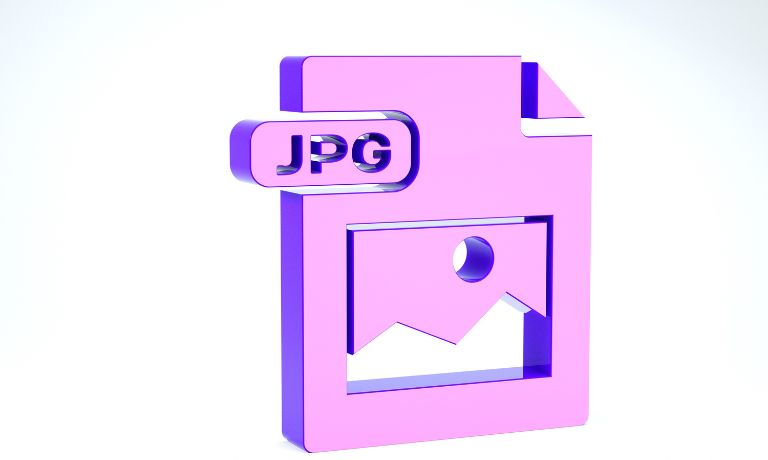If you’ve ever saved a photo or downloaded an image, you’ve probably seen files ending with .jpg or .jpeg. At first glance, these extensions look different, which makes people wonder: is one better than the other? Do they store images differently? Should you use JPG instead of JPEG?
The truth is simple — JPG and JPEG are the same file format. But the story of why two versions exist is tied to computer history and operating system limitations. Let’s break it down clearly.
What Are JPG and JPEG?

Both JPG and JPEG stand for the Joint Photographic Experts Group format, named after the committee that created it. This format became popular in the 1990s because it uses lossy compression, which reduces file size while keeping image quality acceptable for most uses.
JPEG files are a type of raster graphic. They work by discarding some image data to shrink file sizes, making them ideal for photographs and web images. Both .jpg and .jpeg extensions refer to this same compression standard.
Why Do JPG and JPEG Both Exist?
The difference comes from the early days of computers. Older versions of Windows only allowed three-letter file extensions. Because of this limit, “.jpeg” was shortened to .jpg.
Meanwhile, Mac systems and other operating systems had no such restriction and could use the full “.jpeg” extension. Over time, both extensions became accepted, and today modern systems handle both without issues.
So, the only reason for the two versions is a historical technical limitation. There’s no difference in function.
JPG vs. JPEG – Are There Any Differences?
It’s easy to think JPG and JPEG might differ in quality or compatibility, but that’s not the case. Let’s clear up the myths:
- Image quality: No difference. Both use the same lossy compression.
- File size: Identical, since the compression algorithm is the same.
- Compatibility: Both work across Windows, macOS, Linux, web browsers, and editing tools like Photoshop or GIMP.
- Extension: The only difference is the three-letter “.jpg” versus the four-letter “.jpeg.”
In other words, choosing JPG or JPEG is like choosing between “color” and “colour.” Different spelling, same meaning.
JPG/JPEG Compared to Other Image Formats
JPG and JPEG are often compared with other image formats, and understanding these differences can help you choose the right one for each project.
- JPG vs PNG – PNG supports transparency and uses lossless compression, better for logos and graphics.
- JPG vs GIF – GIF is limited to 256 colors but supports simple animations, unlike JPG.
- JPG vs TIFF – TIFF files are very large but high-quality, often used for professional printing.
- JPG vs RAW – RAW files store uncompressed data from cameras, ideal for photographers who edit heavily.
- JPG vs WebP – WebP is a modern format from Google that offers smaller file sizes with similar quality, designed for the web.
Conclusion
JPG and JPEG are not two different file formats — they’re the same standard with two extensions. The only reason .jpg exists is because early Windows systems required three-letter extensions, while .jpeg came from the original name.
For everyday use, you don’t need to worry about choosing one over the other. Your device or software will likely default to one extension, and both are equally reliable. The important part is knowing when to use the JPEG format in general — for photography, web images, and sharing — and when to switch to alternatives like PNG or TIFF.
So next time you see JPG and JPEG, you’ll know the difference is just in the name, not in the image.
I’ve been into SEO and blogging for over 7 years. I help websites show up higher on search engines. I really enjoy writing helpful guides, especially about gaming and tech stuff.
